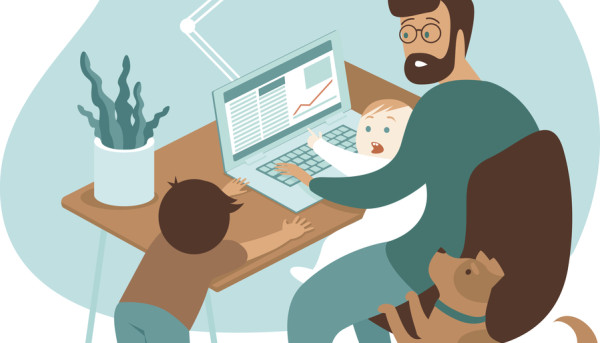Workplace Safety and Health: Prioritizing Employee Well-Being
A company's workplace safety and health policy must encompass both physical and mental wellbeing for employees. This may involve encouraging healthy lifestyle choices among staff members as well as offering mental health support services and resources to boost physical well-being.
Your plan must also include policies and procedures designed to safeguard employees against harm from venomous animals, diseases spread by rodents, or potentially hazardous gases and fumes.
1. Invest in Training
Implementing an effective training program is one of the best ways to protect employees from workplace hazards, and should include both an onboarding/orientation plan, and regular topics and refreshers.
Along with fostering a culture of safety, companies should also ensure all employees have immediate access to all important documentation and materials. This can be accomplished using mobile apps and personalized employee news feeds; such methods allow employees to consume only relevant content relating directly to their job roles or possible risks associated with those jobs.
An effective training program not only reduces workplace injuries and illnesses, but can also cut costs associated with workers' compensation, insurance, medical care and lost productivity. Furthermore, it increases operational efficiency while contributing to overall financial success of any given business. Employees who feel safe at their work environments tend to remain longer with their employers, which directly bolsters company finances.
2. Create a Safe Environment
No matter the size of the company, workplace safety must always be top of mind for businesses that value their employees. When employees feel safe and cared for in the workplace, they are better able to focus on their jobs and tasks at hand - leading them to produce more output in less time.
Additionally, workers free from stress and anxiety in the workplace may feel more satisfied in their personal lives. This can reduce turnover rates which in turn save companies money on recruitment and training expenses.
As part of creating an ideal working environment for employees, it's vital that organizations foster an atmosphere of open communication. Employees should feel encouraged to report any concerns or near misses without fear of reprisal; regular safety inspections and systems for feedback demonstrate to staff that employee safety is a top priority and not simply something ticked off on annual performance reviews.
3. Invest in Technology
Employees working in a safe environment perform more efficiently. Furthermore, injuries resulting in reduced worker's compensation costs and less downtime due to repairs or replacements of industrial equipment mean reduced operational expenses and an increase in profit for companies.
Administrators often struggle with administering employee safety programs due to tedious administrative duties that take time and risk errors. Digital tools provide quicker and more accurate assessments for employee safety assessments that could eliminate this time-consuming process altogether.
Managers and safety representatives who wish to maintain strong bonds with their teams need access to instant updates from reliable sources and the capability of sharing content quickly and efficiently, so as to quickly communicate any risks or concerns they encounter during shifts with their teams and keep everyone aware of any new hazards or risks that have emerged.
4. Encourage Employee Feedback
Employees need to feel that their safety-related concerns will be heard and taken seriously, beginning with regular one-on-one meetings between managers and employees as well as employee surveys.
Safety at work leads to reduced accidents and injuries, which translates into lower worker's compensation costs, faster equipment repairs, improved morale, and longer employee retention rates. A safe work environment fosters loyalty from staff members who feel safe within their employer's presence - often staying for much longer periods.
Action on safety-related concerns is vital to keeping employees satisfied and happy at work, and one effective method of doing this is by actively listening when employees approach you with concerns and responding directly. Doing this shows your care about both the company as a whole as well as your employee's wellbeing - something which may build trust between both parties involved, leading them to continue discussing safety-related matters with one another in future conversations.










